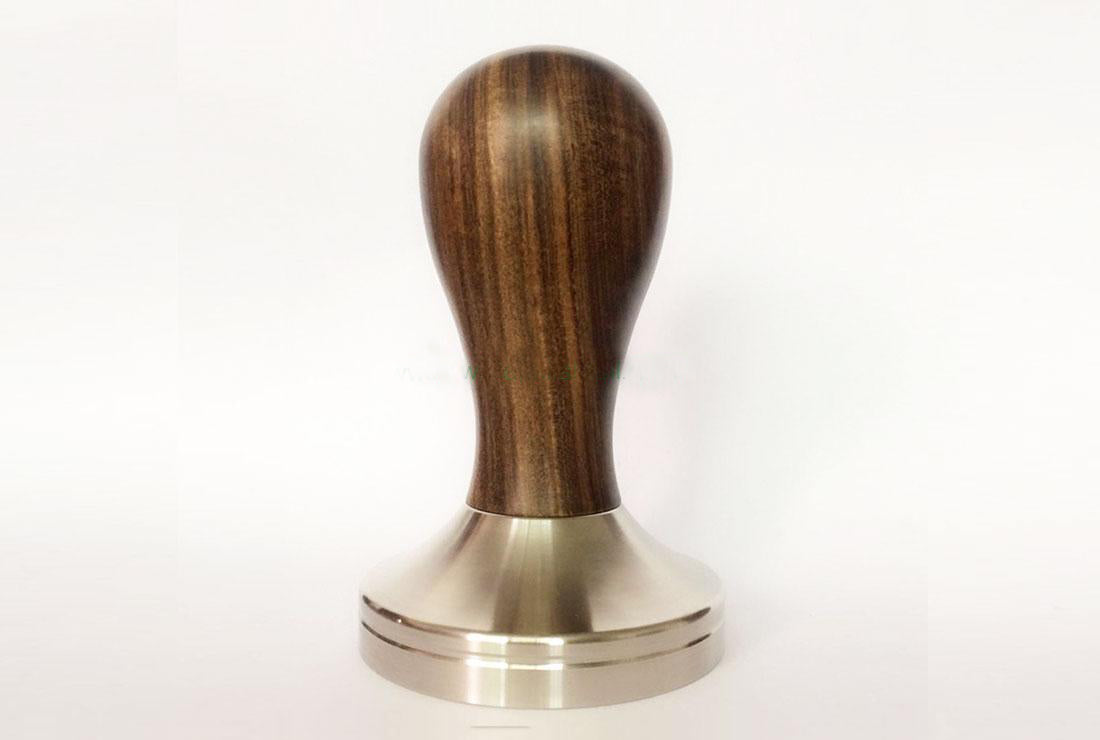I'm just now getting around to making a handle for my espresso tamper but can't figure out how to get the M8 threaded insert into my blank. The insert has no slots for a screwdriver or opening for a hex key. It looks like I'd have to drill a 1/2" hole and epoxy it in. Am I missing something?


Coffee Tamper - 58mm Stainless Steel Coffee Tamper Kit
58mm flat. A high quality stainless steel coffee tamper kits. Included a M8 threaded insert, which can screw into the wooden handle ad will be more solid. Make this lovely gift to your friends, family members, barista or coffee enthusiasts, you will be remembered with gratitude! Material...
woodworldtx.com
